Minolta MD 28mm 1:2.8 – 7 elements 7 groups – review

Minolta MD 28mm 1:2.8 7×7 – vintage manual lens test and review
- Official classification: New-MD
- Collector’s classification: MD III
Minolta has produced two MD 28mm F2.8 lenses in the similar MD III design – one with 7 elements in 7 groups optical scheme and another – 5 elements in 5 groups. Both have enough identical exterior but may be easily distinguished because 5×5-version has a thin black ring around the front lens but 7×7-version doesn’t have. Both sisters have been compared by sharpness/resolution, the link is at the bottom of the page. But this article is about the test results of the 7×7-version.

Minolta MD 28mm 1:2.8 7×7 (MD III, New-MD) specifications
| minolta.eazypix.de index | 51 |
| Name engraved on lens | MD |
| f[mm] | 28 |
| A max [1/f] | 2,8 |
| A min[1/f] | 22 |
| Lens design [el.] | 7 |
| Lens design [gr.] | 7 |
| Filter thread Ø front(rear)[mm] | 49 |
| Lens Shade | clip-in |
| closefocus[m/ft] | 0.3/1 |
| Dimension Ø x length [mm] | 64×43 |
| Weight[g] | 185 |
| Year | 1981 |
| Style | MD III |
| Code No. (ROKKOR-X) or Order No. | 590-810 |
| Floating elements | NO (full support by autofocused adapters) |
| Aperture blades number | 6 |
| Confidence in the test results of reviewed copies | Very high |
| Reviewed lens SN: | 8072626 |
- Minolta MD 28mm f2.8 7×7 optical design
Minolta MD 28mm 1:2.8 7×7 exterior
Mounted on Minolta X-700
This is a very suitable set – the camera and lens have the same design (released 1981)
Minolta MD 28mm 1:2.8 7×7 lens-shade
Minolta MD 28mm 1:2.0 sharpness
Сlose-distance resolution test
Testing methods description
- Target: 10-15 cm picture, printed on glossy photo paper
- Distance:10% longer than minimal focus distance marked on the lens
- Camera: Sony A7II (24mpx, full-frame, tripod, remote control). M-mode, ISO fixed, WB fixed, SteadyShot – OFF.
- The test was repeated for every F-stop on every focus position with manual focus adjustment for each shot. That is to avoid the effect of field curvature.
- RAW processing: Capture One, default settings. All quality settings – 100%. Crops – 300×200 px
Scene preview
Test results (selected version, easy to compare – 4 positions):
Test results (full version – all 9 positions):
Long-distance resolution test
Testing methods description
- Target: cityscape
- Distance: > 200 meters to center focus point
- Camera: Sony A7II (24mpx, full-frame, tripod, remote control). M-mode, ISO fixed, WB fixed, SteadyShot – OFF. The focus point is on the center only.
- RAW processing: Capture One, default settings. All quality settings – 100%. Crops – 300×200 px
Scene preview
Test results:
Minolta MD 28mm 1:2.8 7×7 aberrations
Vignetting
Geometric distortion:
Coma aberrations:
Chromatic aberrations:
Short-distance bokeh
Test conditions: lens was focused on minimal distance 0.25m, plants are in 2m distance from the camera
Long-distance bokeh
Test conditions: the lens was focused on half distance on the scale (0.5m), buildings are on “infinity”-distance
Light bubbles bokeh
Test conditions: lens was focused on minimal distance + 10% of scale (about 0.27m), diodes were fixed in 2m distance
Other resources with tests:
Minolta MD 28mm 1:2.8 7 elements 7 groups (or Minolta MD 28mm F/2.8 7×7, New-MD, MD III design) – overall conclusion
To my regret, I can’t say that this lens is a Minolta’s honor. It’s just an average wide lens with no big advantages. Corners can’t become a sharp even on F8… On the other hand – it’s really cheap, lightweight, well built. Anyway, it is better than most of the analogs on the market, even from first-line companies. So, it can be kept ‘just in case’ if 28mm isn’t the main angle, but can be used sometimes.

















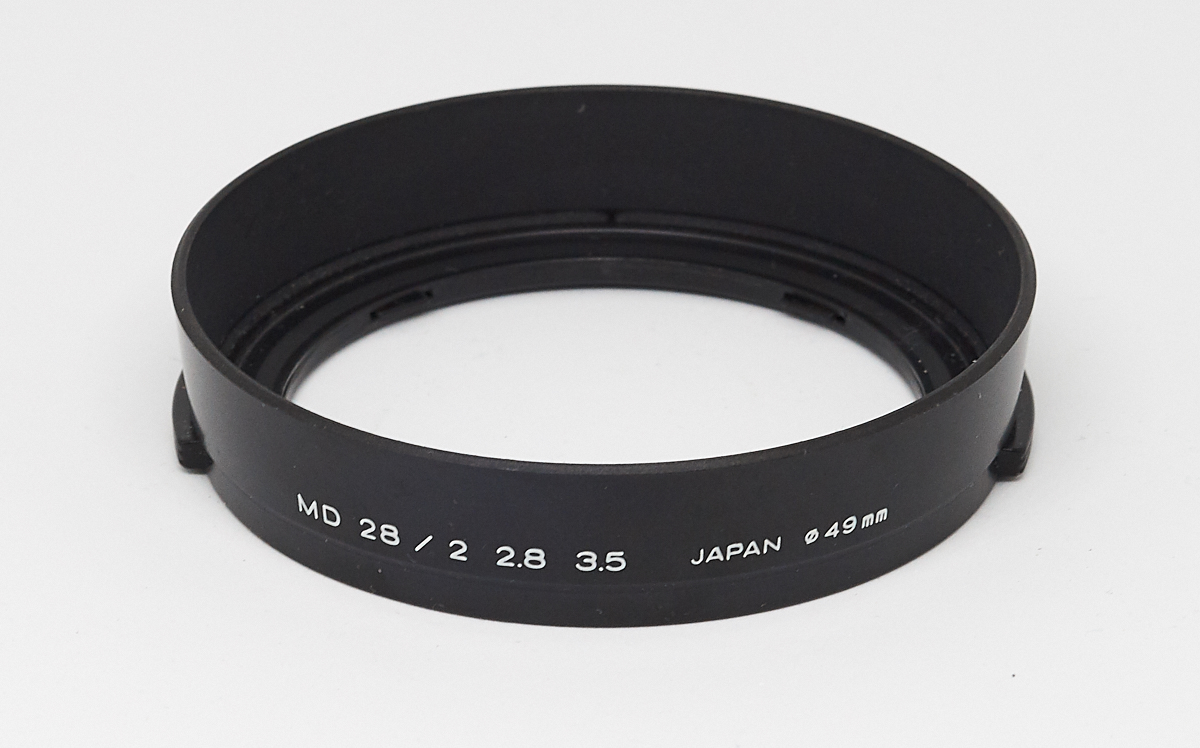
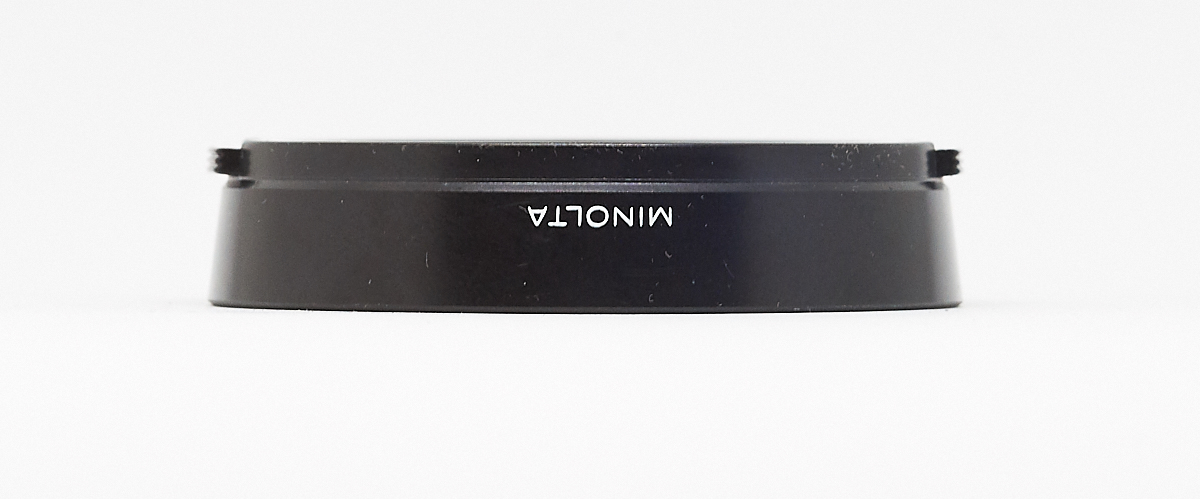

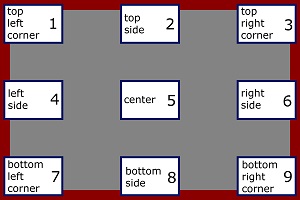












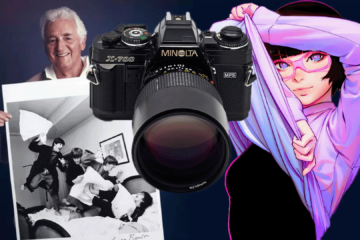

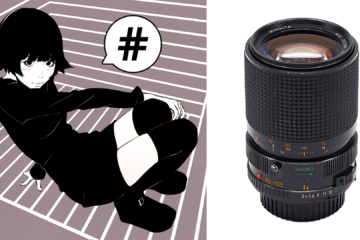
1 Comment
DJ · 2018-02-14 at 23:31
Excellent review! I like how you take the time to review each lens of the plain MD generation. Anyway, gotta agree with you about this lens, it didn’t impress me too much either. Glad to see I’m not alone in my conclusion.